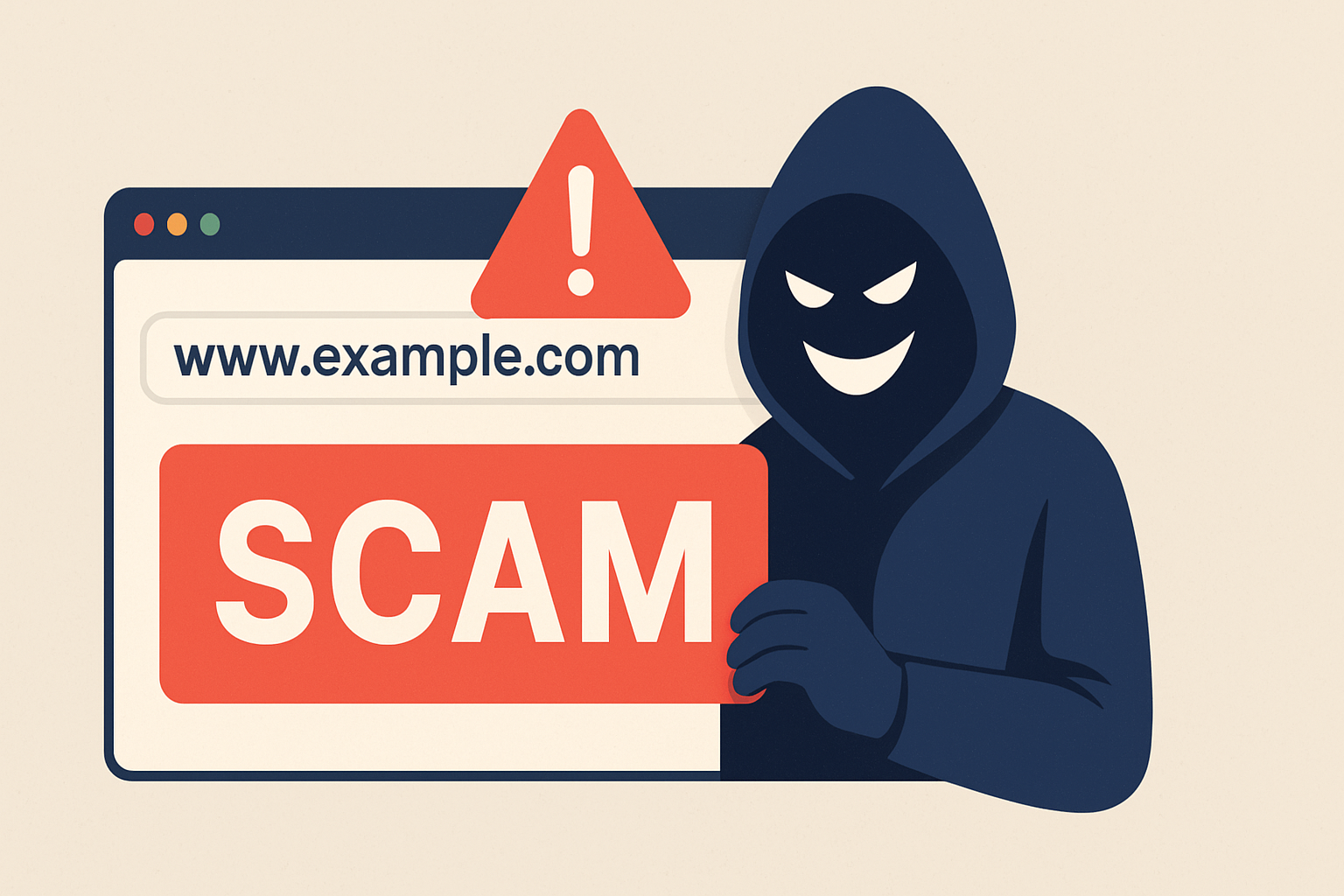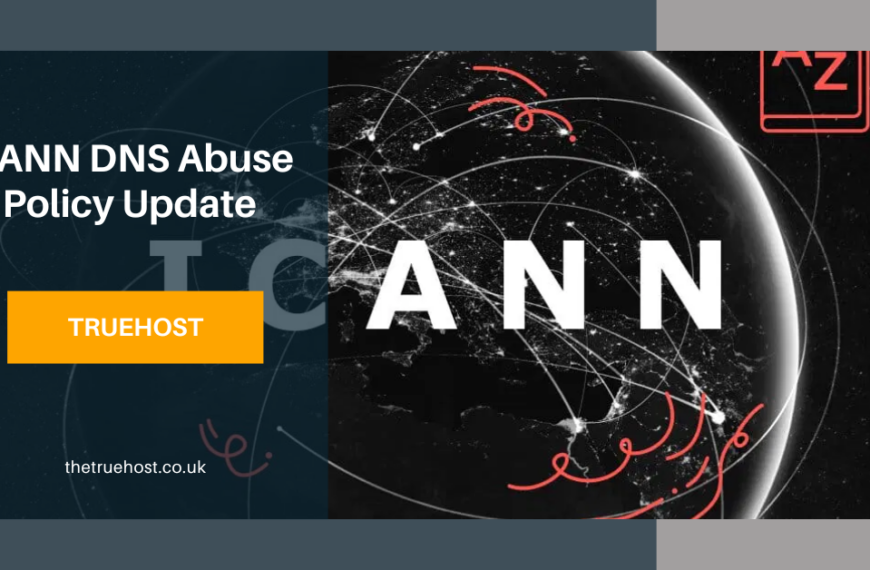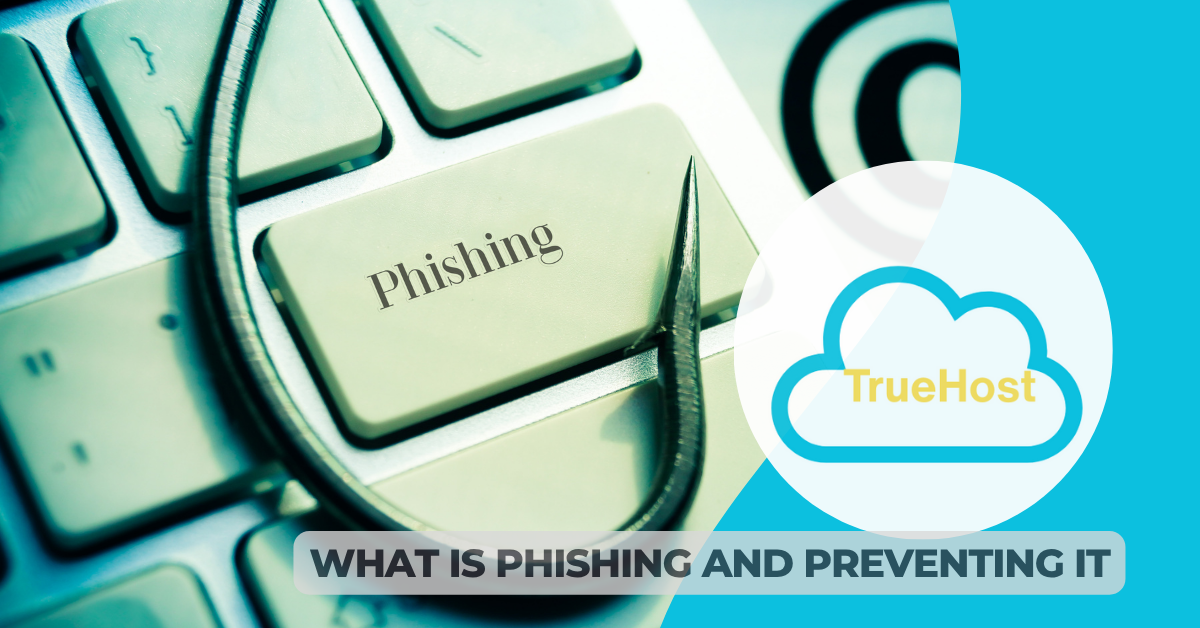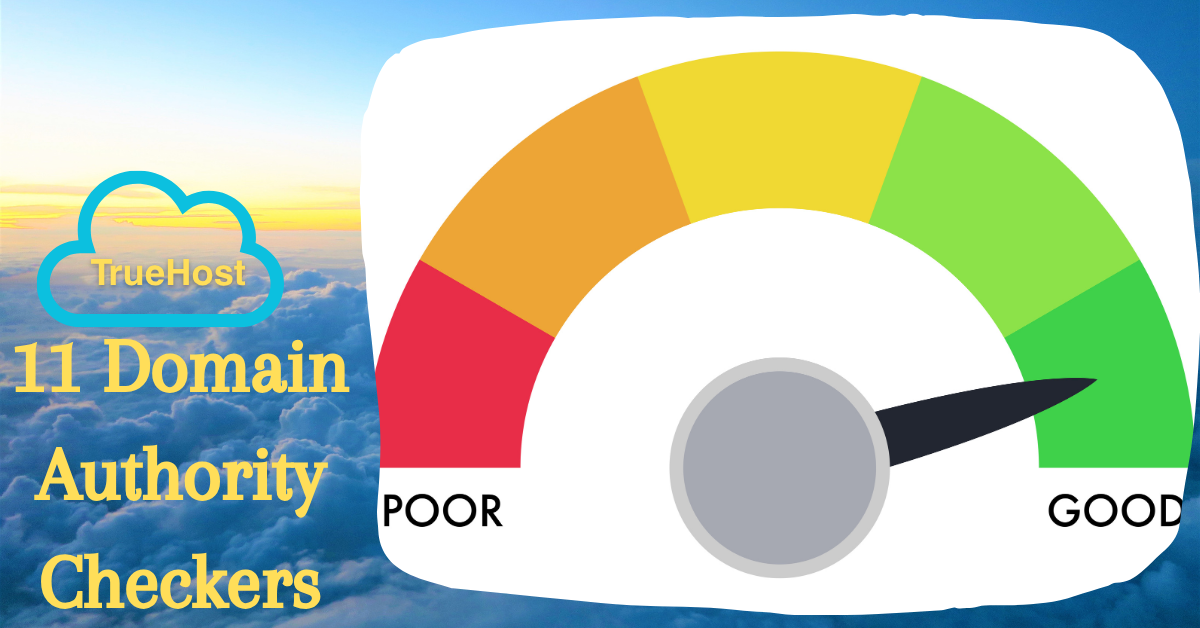Last updated on October 15th, 2025 at 05:22 am
Your company’s domain name is its main identity online. It builds trust with your customers. But many businesses, especially small ones, do not protect this important asset.
Smart criminals know this weakness. This has caused a huge increase in domain theft against UK businesses. These focused attacks happen because people make small mistakes or are too busy.
A domain scam leads to lost money and stopped business operations. It can also badly hurt your company’s reputation. We have made a simple list to help you spot these red flags and stop the fraud.
You need to know how to report a domain scam to groups like Action Fraud. This guide gives you a clear plan to protect your brand’s digital heart.
Understanding the 7 Core Domain Scam Categories
Scammers no longer send generic spam; they are highly specialized. As SEO experts, we help customers analyze where their brands are most vulnerable. These seven core categories cover nearly all attacks targeting UK registrations.
1) Domain Slamming and Transfer Fraud
Dear Valued Customer,
This urgent notification concerns the upcoming transfer of your domain name, [Your Domain Name]. Our records indicate that your current domain registrar is no longer compliant with new internet regulations.
To avoid service interruption and potential deletion of your domain, you must transfer your registration to our accredited service, "Global Domain Management," within the next 7 days. Failure to comply will result in your domain becoming inactive.
Please click here to initiate the transfer and finalize your new registration details: [Malicious Link]
We offer enhanced security features and competitive pricing starting at £120.00/year, which is much more secure than your current provider. Our dedicated team is ready to assist you.
Sincerely,
Global Domain Management
Compliance Department
Domain slamming involves a scammer tricking you into moving your domain to their expensive service. They send a real-looking invoice, but the document actually gives them permission for an unauthorized transfer. Red flags include high prices from an unknown registrar and urgent threats of domain deletion.
2) Bogus Renewal Notices (Phishing Invoices)
This is the most common kind of fake renewal notice. Scammers email or mail fake invoices to your finance teams for services you didn’t order. They use official logos and copied letterheads to look real, aiming to steal money and registration details.
3) Trademark and TLD Scare Tactics
Scammers claim an overseas company is registering international versions of your brand name. They pressure you to register these defensive domain endings immediately through their service at hugely inflated prices. Never pay attention to these unsolicited, high-pressure demands to protect your brand.
4) Domain Name Typo-squatting and Impersonation
Typo-squatting means registering domain names with small misspellings of yours. Attackers use these fake domains for effective phishing attacks against your employees or customers. This leads to data breaches and directly harms your reputation and trust. You should this kind of domain scam.
5) Domain Theft (Hijacking)

This serious crime is when a scammer secretly takes control of your domain name. They change the contact information to their own details. The scammer gains access using weak security or stolen passwords, leaving you with no control.
6) Domain Expiration Scams
Scammers watch for domain names about to expire. They try to trick the owner into thinking the domain is already lost. They then offer to “rescue” it for a very high fee, or they register the name themselves to sell it back to you.
7) Search Engine Deception (Malware)
Another example of a domain scam is Search Engine Deception.This attack tricks people searching online by using domain names similar to popular ones.
Scammers fill the site with harmful links or files that install malware on visitors’ computers. This harms your reputation because the public connects the danger to your brand name.
Ten Essential Steps to Prevent UK Domain Scam
To stop domain scam, prevention is vital. We advise all our UK clients to implement these ten non-negotiable steps immediately.
i)Enable Registrar Lock (Transfer Lock). This is your primary defence against unauthorized transfers. A Registrar Lock prevents your domain from moving to another registrar, regardless of how convincing the scammer’s forms might be.
Ensure this feature is always active in your registrar control panel at all times to avoid this form of Domain scam
ii) Private Registration (WHOIS). Utilize your registrar’s privacy features where possible under GDPR. Mask your personal contact information from public WHOIS records. This is vital for reducing unsolicited postal mail or targeted email scams that rely on finding your details.
iii) Keep Records Centralized and Current. Fraud thrives on chaos, so maintain a single, accurate log of all your details. Record your domain name, the actual legitimate registrar, the exact expiry date, and the renewal cost. Schedule an annual review to confirm these details to avoid domain scam.
Financial and Administrative Safeguards
iv) Isolate Renewal Payments. Use a dedicated corporate credit card or payment method solely for domain and hosting services. This segregation makes fraudulent charges easy to spot and flag. It gives your bank clear evidence to block and reverse the transaction instantly. This way you avoid the risk of domain scam.
v) Educate Your Finance Team: The Golden Rule. Implement a strict, zero-tolerance policy for unsolicited invoices. Never pay a domain invoice unless it has been cross-referenced against the known, logged registrar and the official renewal date otherwise you become a victim of domain scam.
vi) Check the Sender Identity. Train staff to hover over email links and sender addresses (without clicking). This action immediately verifies the sending domain. The sender’s domain must belong to your actual registrar, not a close look-alike, as even one letter difference is a huge red flag.
Technical Protection for Email Security
vii) Check Your Email Anti-Spoofing (NCSC Guidance). Domain fraud often involves spoofing your email address. Use the UK’s National Cyber Security Centre (NCSC) free Email Security Check tool. This tool helps businesses ensure anti-spoofing controls like SPF, DKIM, and DMARC are properly configured.
Proactive Account Security Measures
Strong passwords alone are not enough to stop organized domain scam. Effective security requires defense-in-depth measures to protect your access portals.
viii) Mandatory Multi-Factor Authentication (MFA/2FA). MFA adds a critical second layer of protection to your registrar and hosting accounts. This requires a code from a separate device, like your phone, in addition to your password.
Even if a scammer steals your password, they cannot log in without your physical device. Ensure all key employees use MFA on all sensitive accounts, especially those tied to domain management.
ix) Implement Domain Monitoring Tools. Use specialized services that actively monitor for changes to your domain’s WHOIS data or DNS records. These tools provide immediate alerts if an unauthorized transfer is initiated or if your name servers are modified.
Early detection is often the difference between a near-miss and a catastrophic loss. These services often track common typo-squatting registrations automatically.
x) Use Unique, Complex Passwords and a Manager. Never reuse passwords across different accounts, particularly between your email and your registrar otherwise you become prone to domain scam.
Use a reputable, secured password manager to generate and store complex, unique passwords for every service. This drastically limits the domain name damage if one system is compromised.
What To Do If You Experience Domain Scam

If the worst happens, you must act fast. You suspect your business has been compromised, and this immediate action plan is how to report domain scams UK businesses need to follow.
i) Financial Freeze. A payment made to a fraudulent invoice or link requires immediate action. Contact your bank or credit card provider immediately to report the fraud. Instruct them to reverse the charge and block future transactions from that source, as time is absolutely critical here.
ii) Secure Accounts. Change all passwords immediately for your domain registration panel, hosting, and related corporate email accounts. Enable or verify Multi-Factor Authentication (MFA/2FA) on all accounts. Do this right now to prevent further domain scam.
iii) Initiate the Transfer Back. Contact your original, legitimate registrar immediately. They have trained teams ready to assist in reclaiming hijacked assets. They can initiate the formal domain transfer-back process.
Reporting Fraud in the UK
Reporting to Authorities (Crucial): Report all instances of financial loss or cybercrime to Action Fraud, the UK’s national reporting centre. You can report online 24/7 or call 0300 123 2040 (Mon-Fri 8am-8pm). If your business is suffering a live, ongoing cyber attack or suspicious domain scam call them immediately.
Reporting to the UK Domain Regulator (Nominet DRS): For disputes involving hijacked or abusively registered .uk domain names, use Nominet, the official registry. Nominet provides a specialized mechanism called the Nominet DRS (Dispute Resolution Service). The DRS is cheaper and faster than traditional court action.
The process starts with a complaint and a free mediation stage that resolves most cases. If contested, the case moves to an Expert Decision. This service is highly effective for reclaiming abusively registered .uk domains.
Future-Proofing Your Digital Brand
Prevention is proactive; future-proofing is strategic. For full peace of mind, strategic brand protection services are available from reputable UK providers like Truehost
Strategic Defensive Registration
Domain Variation Defence: Should you register common misspellings or core TLDs? Yes. It’s often highly cost-effective to defensively register common typo-squatting variations. Also register essential TLDs (.com, .net, .org, and industry-specific TLDs) that are likely to be used by scammers. Owning them prevents others from doing so.
The .UK Strategy: Do you only own a .co.uk domain? We strongly advise securing the shorter, newer .uk version as well. This is a valuable brand asset, and it prevents a scammer from registering the alternative and using it to impersonate your business.
Ongoing Monitoring and Auditing
Regular Audits: Schedule a mandatory annual or semi-annual review of your entire digital asset portfolio. Check ownership details, verify expiration dates, and confirm billing contacts. Ensure your Registrar Lock (Action 1) remains active.
Trademark Registration: Registering your business name, logo, or key product names as a UK trademark gives you stronger legal footing in any dispute. A registered trademark makes proving your “Rights in a Name” simpler and faster, protecting you against “Passing Off.”
Conclusion and Call to Action
Stay Vigilant, Stay Secure
The digital landscape constantly changes, so continuous vigilance is your best defence against ever-evolving domain scams. Take the power back today and implement this checklist immediately. For secure registration and UK-focused domain protection, trust the experts: Visit Truehost today to secure your digital future.
 Domain Search
Domain Search Whois Lookup
Whois Lookup Domain Transfer
Domain Transfer All Domains
All Domains Web Hosting
Web Hosting Email Hosting
Email Hosting Reseller Hosting
Reseller Hosting Windows Hosting
Windows Hosting cPanel Hosting
cPanel Hosting VPS Hosting
VPS Hosting Managed VPS Hosting
Managed VPS Hosting Dedicated Server
Dedicated Server SSL Certificates
SSL Certificates All SSL
All SSL






